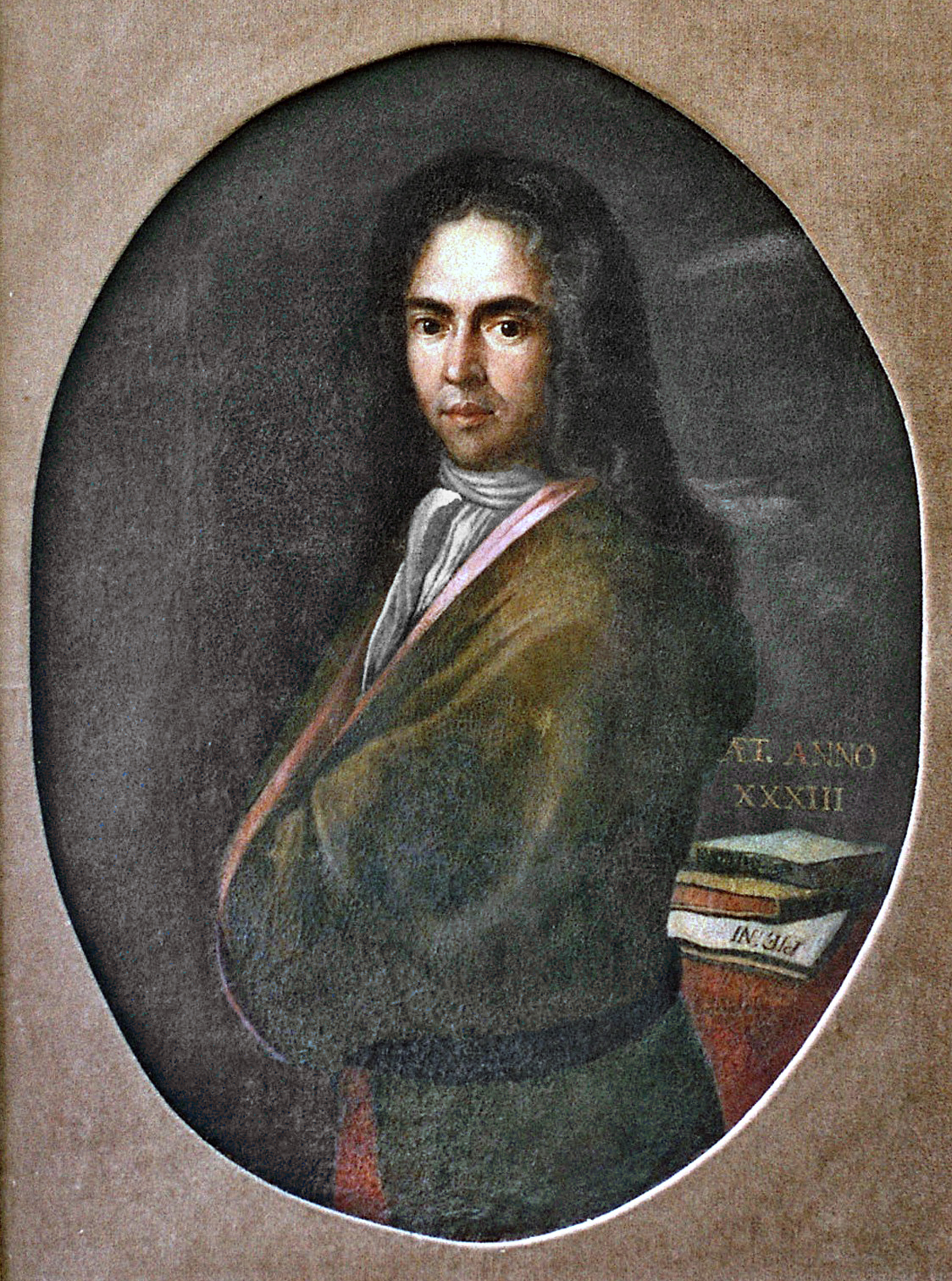Recently, when I have finished my doublet and shirt I've noticed that the neck opening is really wide. As so it does not provide much of protection in cold weather. A natural way out of thi problem would be to wear a hood. But I have not noticed hood-wearing Landsknecht soldiers. So maybe a scarf? Then it all started - when scarves were used? do we have any proof of it's use before modern times? A scarf seems to be extremely simple piece of garment but from some reasons it is not as popular as expected.
For now I want only to hoard some pictures that I have found up to date. Maybe somene will be able to update my list and will help me to find any proof for a scarf in XII/XIII or XVI century.
But, starting from antiquity:
Romans wore two type of neck-wear: focale and sudarium. Both of them used, as far as a I know by the military and civilians. Focale was used as a protection against cold and, by legionnaires as a protection against armor rubbing against the neck. Sudarium was used rather as a sweat cloth. These scarfs were made from linen or wool.
In early medieval the scarves were also used, although not as often as by Romans. I have managed only to find one clear depiction. Additionally I heard some stuff about scarf usage by the vikings but without any proof whatsoever The source is Stuttgart Pasalter from the first halve of the IX century:
And following that we have Lubin Codex from the II half of XIV century:
And finally, long after medieval times, we have the cravat from the '30s of the XVII century:
Cravat is a piece of garment adapted by the French from Croatian (hence the name) mercenaries. After that cravat-scarf is more or less gaining its popularity very fast, and the rest is well known (and not really interesting for me).
Okay, so we have antiquity - IX c. - XIV c. and XVII c. without anything in between (?). Seems odd.. I'll be investigating the thing further. Contact me if you have any additional info.
For now I want only to hoard some pictures that I have found up to date. Maybe somene will be able to update my list and will help me to find any proof for a scarf in XII/XIII or XVI century.
But, starting from antiquity:
Romans wore two type of neck-wear: focale and sudarium. Both of them used, as far as a I know by the military and civilians. Focale was used as a protection against cold and, by legionnaires as a protection against armor rubbing against the neck. Sudarium was used rather as a sweat cloth. These scarfs were made from linen or wool.
 |
| A focale on a modern roman reenactor |
And following that we have Lubin Codex from the II half of XIV century:
 |
| For better picture see here - http://www.getty.edu/art/gettyguide/artObjectDetails?artobj=4360&handle=zm# |
And finally, long after medieval times, we have the cravat from the '30s of the XVII century:
 |
| Portrait of Ivan Gundulic, 1622. |
Cravat is a piece of garment adapted by the French from Croatian (hence the name) mercenaries. After that cravat-scarf is more or less gaining its popularity very fast, and the rest is well known (and not really interesting for me).
Okay, so we have antiquity - IX c. - XIV c. and XVII c. without anything in between (?). Seems odd.. I'll be investigating the thing further. Contact me if you have any additional info.







